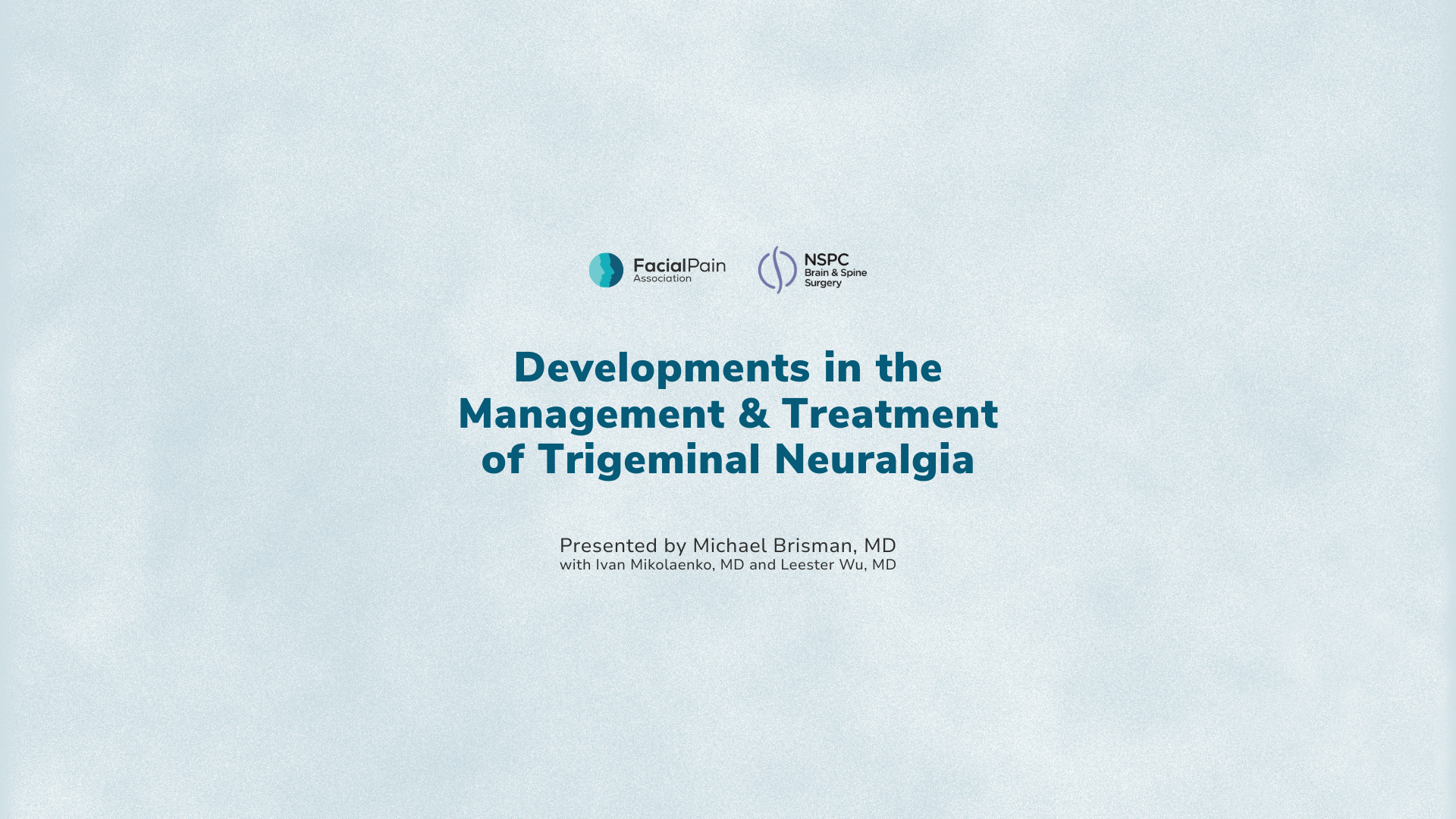What does botox do for facial pain?
Q: Why is Botox used for facial pain? Botulinum toxin is one of the most poisonous biological substances known, what makes it safe for use?
A: Even though botulinum toxin is known for its toxicity, administered by well-trained people in its weak and diluted version makes it relatively safe. Also, the injection into the muscle directly and underneath the skin makes it stay at one place without migration and hence reducing potential side effects.
How does Botox work?
Q: If it weakens or paralyzes muscles, how does it work to stop TN pain?
A: Most of the patients with trigeminal neuralgia have trigger points originating in muscles in the face. Botox paralyzes the trigger point muscle and potentially blocks the impulses coming from the brain and thus lessens the perception of pain.
How is Botox delivered?
Q: Where on the face are the injections given, multiple areas?
A: Injections can be given to all the trigger points at various parts of the face in the distribution of the trigeminal nerve.
Q: How many injections are given in each area?
A: The number of injections is not important but it is the total dose that is important, which should not exceed more than 200 units.
Q: What is a typical dose? How long until the botulinum toxin type A injections take effect?
A: Typically, the dose should start at a total of 100 units (1 vial) and not to exceed 200 units (2 vials). The use of Botox in trigeminal neuralgia is not proved like magic. Results vary, some patients may see some relief and some do not. Successful use may provide relief within days.
Side effects of Botox for facial pain?
Q: What are adverse side effects?
A: Local side effects include bruising at the injection site and local allergic reactions like skin rash, hives and itching. Muscles of injection can feel weak temporarily and if injection is given around the eye, the patient may experience drooping of eyelids.
Q: Can I take existing medications while undergoing botulinum toxin type A injections?
A: Even though Botox is well tolerated with most of the medications, aminoglycoside antibiotics are known to increase the duration of the effect. We strongly recommend you discuss the medication interactions with your pharmacist and health care providers prior to receiving Botox.
Q: How long do the effects last for facial pain?
A: Usually three to six months.
Q: Should botulinum toxin type A injections be avoided if the pain is in the eye area?
A: It is not necessary as long as the injections are not given into the ocular muscles which could cause temporary visual changes.
Q: I understand botulinum toxin type A injections are not recommended for everyone, should I avoid this treatment if I am pregnant, have multiple sclerosis or neuropathic facial pain that is not classic,trigeminal neuralgia?
A: We advise avoiding injections during pregnancy and there are no contraindications for patients with multiple sclerosis or other types of neuropathic facial pain to receive Botox.
Dysesthesia means “abnormal sensation”. It is a chronic pain or uncomfortable sensation stemming from the central nervous system. Usually a painful burning, prickling, or aching feeling, different types of dysesthesia affect different parts of the body, but they all result in skin discomfort without damage to the skin.








































